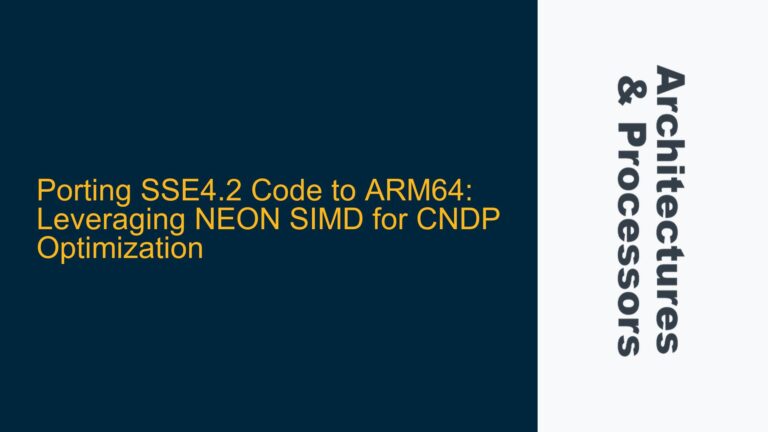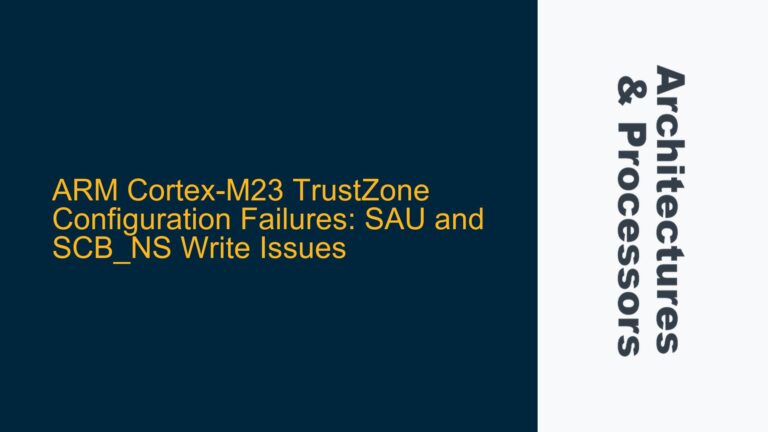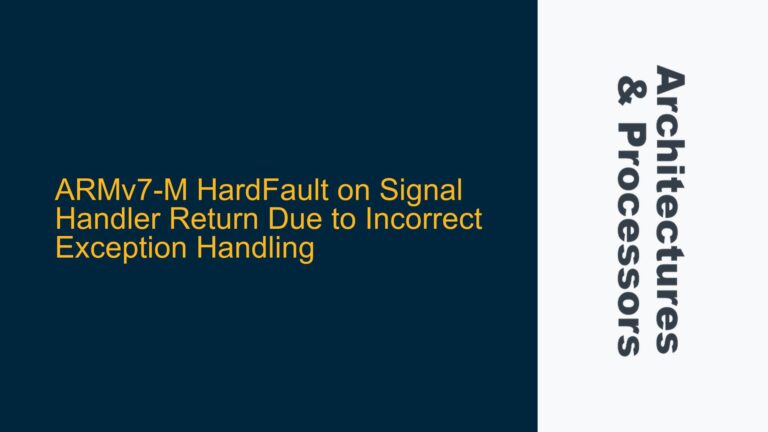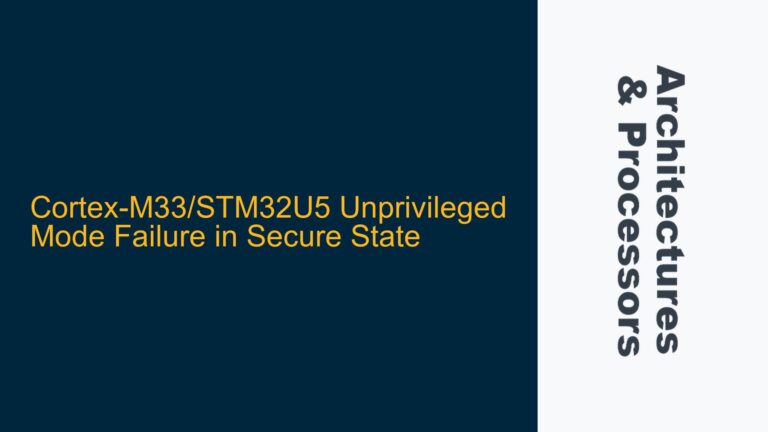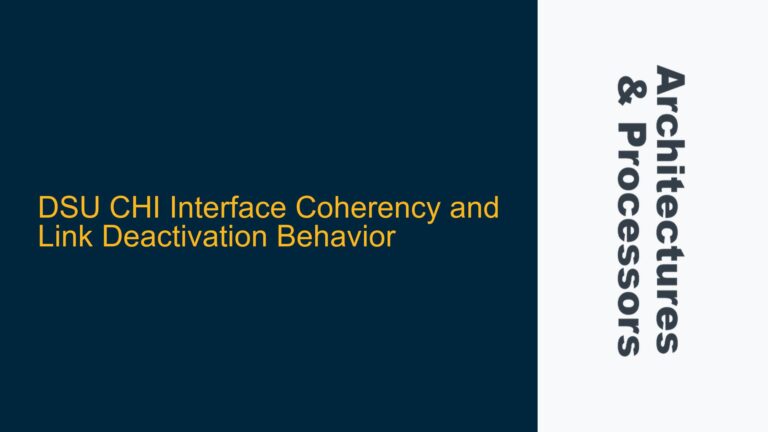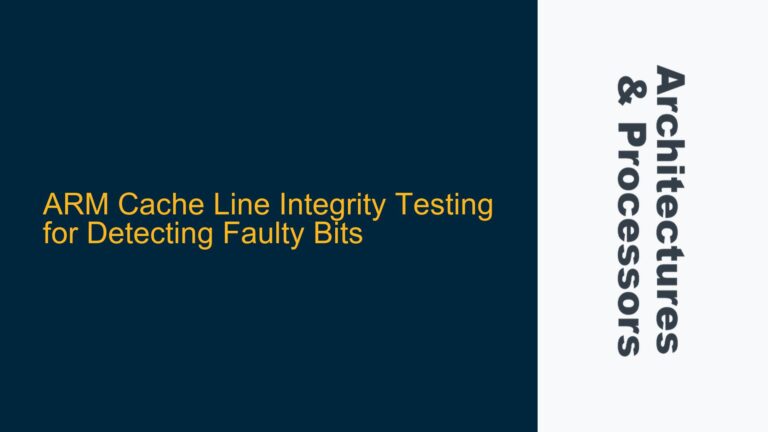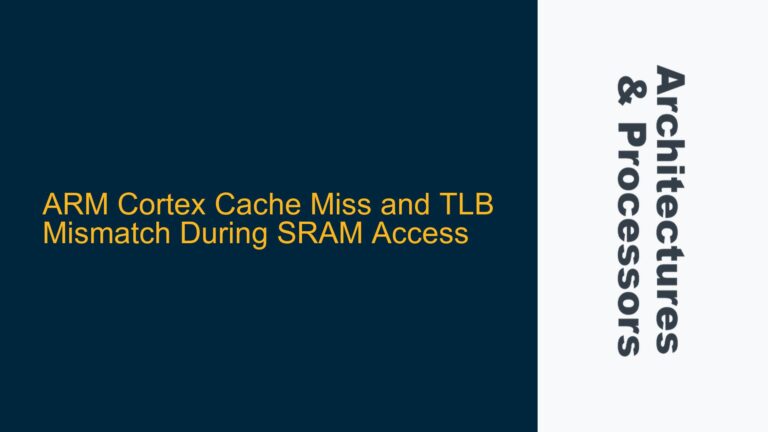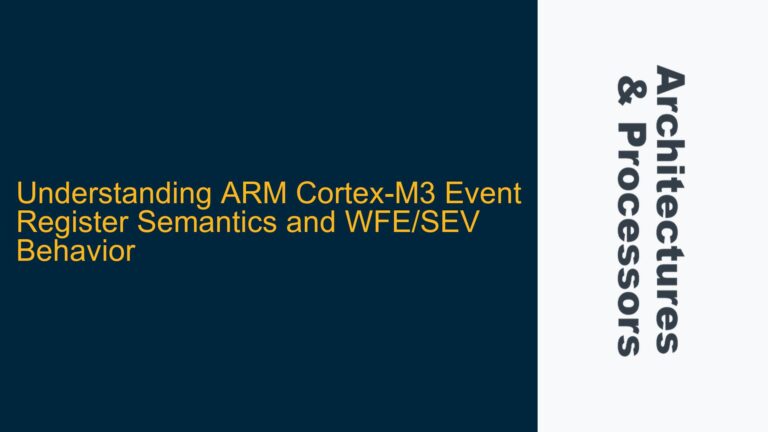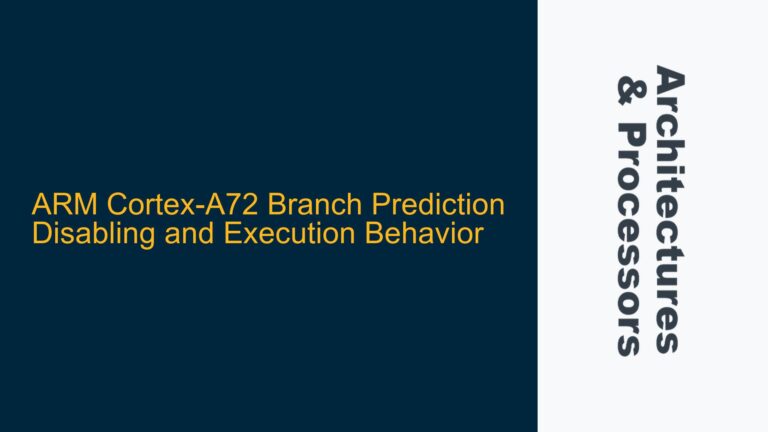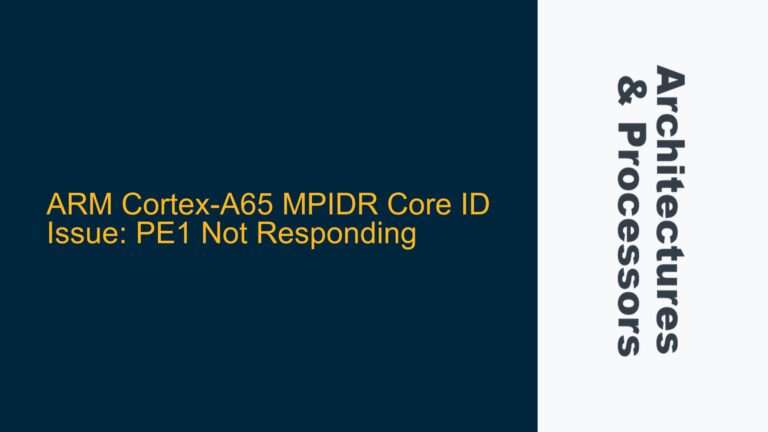Porting SSE4.2 Code to ARM64: Leveraging NEON SIMD for CNDP Optimization
ARM64 NEON SIMD as a Replacement for SSE4.2 in CNDP The Cloud Native Data Plane (CNDP) project is a high-performance, user-space library designed to accelerate packet processing for cloud-native applications. Originally developed for x86_64 architectures, CNDP relies heavily on Intel’s SSE4.2 instruction set for SIMD (Single Instruction, Multiple Data) operations, which are critical for achieving…
